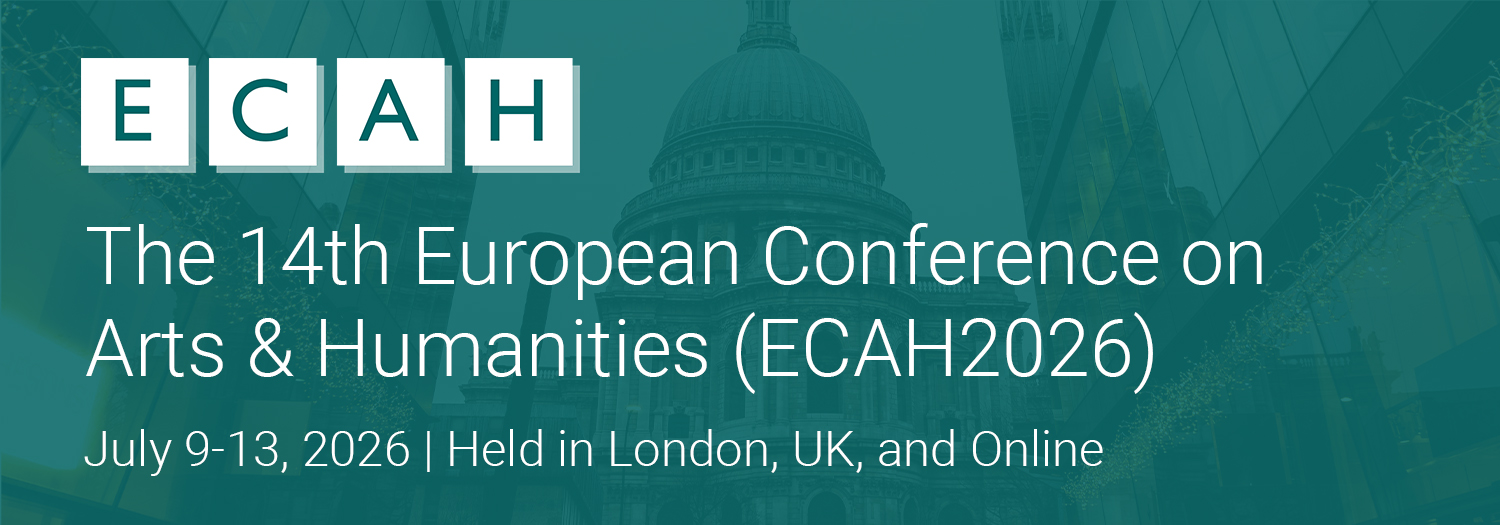The challenge of delivering the net-zero targets and Sustainable Development Goals requires a new approach where business and policy move beyond a focus on reducing the harm of extractive, wasteful and massively polluting linear economic practices, to new forms of economic activity that, by design aim to; 1. eliminate waste and pollution, 2. keep product and materials in use and in circulation, and 3. regenerate nature as a by-product of economic activity. A regenerative circular economy addresses significant root causes of climate change, biodiversity loss, waste and pollution.
Regenerative circular design is centred around a systems approach for rethinking products (including food), services, systems, business models and business ecosystems, taking into account factors including the country and infrastructure contexts in which they will be made, sold and used. Other factors considered include material or ingredient choices, and combinations, alternative models for product delivery, options for creating products as a service, and importantly, what happens to the products and materials post-use and through subsequent uses.
The combination of business innovation and public policy sits at the heart of this transition, and over the past 10 years we have seen a significant take-up and early adoption of this thinking in key sectors and countries around the world.
Read presenter biographies
